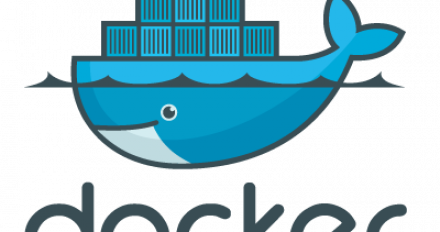
Article
Using API keys securely in your OpenShift microservices and applications
In the microservices landscape, the API provides an essential form of communication between components. To allow secure communication between microservices components, as well as third-party applications, it's important to be able to consume API keys and other sensitive data in a manner that doesn't place the data at risk. Secret objects are specifically designed to hold sensitive information, and OpenShift makes exposing this information to the applications that need it easy. In this post, I'll demonstrate securely consuming API keys...



